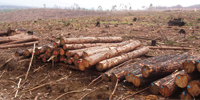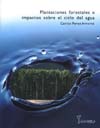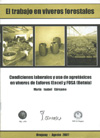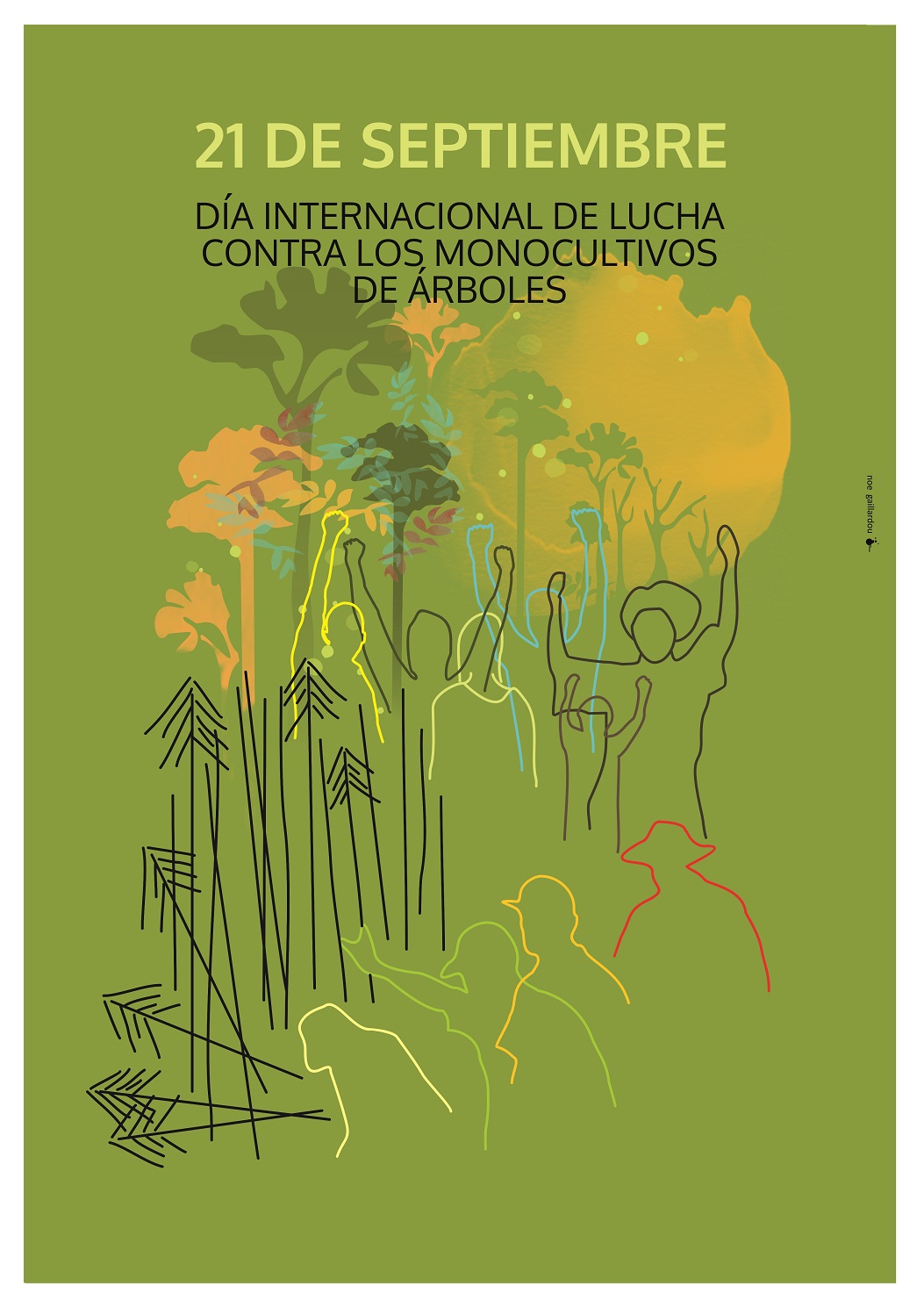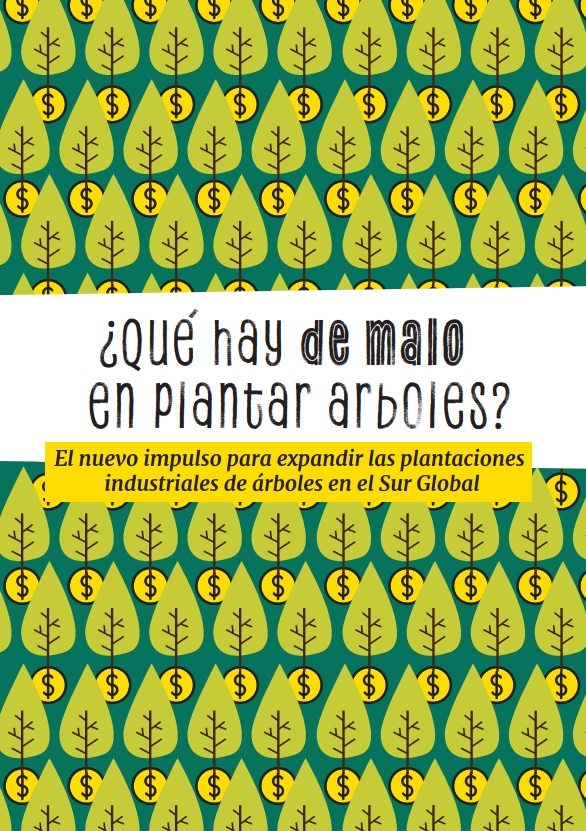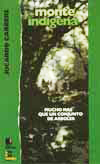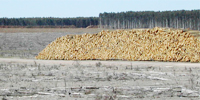Botnia is currently building the world’s most controversial pulp mill at Fray Bentos in Uruguay. It is doing so with hundreds of millions of tax payers’ dollars funnelled through the World Bank, the Finnish export credit agency and the Nordic Investment Bank. The profits produced, along with the pulp, will be exported.
On 16 May 2007, a meeting took place at the European Parliament to discuss Botnia’s pulp mill. The meeting, “Sustainable pulp production in Latin America or just pulp fiction?” was organised by the Heinrich Boell Foundation and the Greens/European Free Alliance. Presentations came from European and Latin American NGOs, academics, politicians and a representative from Botnia. The International Finance Corporation, which is financing the pulp mill, was invited, but declined to come to the meeting.
“Botnia has always asked for dialogue,” said Kaisu Annala, Vice President Environment at Botnia. According to Annala, NGOs have declined to take part in any dialogue. “We hope that after this meeting we can have more dialogue as we are used to here in Europe,” she said.
Her presentation looked exclusively at the supposed benefits of the pulp mill. The wood for the pulp mill will come from Forest Stewardship Council certified plantations. “Sustainable Forestry”, she said. She didn’t mention the streams that have dried up, since the eucalyptus monocultures have sucked every available drop of water out of the soil. She didn’t mention the rural people who have been left with no water in their wells.
The pulp mill will bring jobs, Annala said. But she was careful not to say how many of these jobs were full-time and how many were seasonal. She made no mention of the jobs that have been lost as cattle ranchers and sheep farmers have lost their grazing land to eucalyptus monocultures. She didn’t mention watermelon and peanut farmers who no longer have enough water to grow their crops. Nor did she mention jobs in tourism that will be lost once the pulp mill starts to stink.
The presentations that followed did look at the problems caused by the pulp project. Professor Marcelo Conti from the University of Rome spoke about the failure of the studies carried out on the Botnia pulp mill to address the risks. The data is inadequate and the analysis too optimistic, he said.
“The studies produced for the company and the World Bank look at pulp production and the industrial tree plantations which supply the pulp mill as two separate things. They are not,” said Monica Vargas from Debtwatch.
Marcel Achkar from REDES (Friends of the Earth Uruguay) talked about the problems created by plantations. They destroy grasslands. They result in reduced water flows. They have impacts on soils. He showed slides of the clearcuts when plantations are harvested. “What’s the point of this land use?” he asked. “The land was previously highly productive agricultural food production land.”
“What we need is a clean development plan”, Paula Brufman from Greenpeace Argentina said in her presentation. She looked at global patterns of pulp demand and pointed out that to meet the industry’s current predicted demand we would need two mills the size of Botnia every year.
Pekka Haavisto, a Finnish Member of Parliament, talked about the need to apply environmental standards. “As Finns, we should ensure that European companies are meeting best available technologies,” he said. The idea of developing and applying standards was challenged a few moments later by Klemens Laschesfki from the University of Minas Gerais in Brazil. “We can apply standards and carry on, or we can look at issues of environment justice,” he said. “With standards we are looking at an industrial process rather than at the structure of the industry.” He described his work with people affected by projects similar to Botnia’s pulp mill. He works with the Movement of Landless Peasants (MST), which is questioning this whole model of development.
The question in the title of this article “Why is EU public money being used?” came from Marcel Achkar from Friends of the Earth Uruguay. My presentation looked at the hundreds of millions of dollars that Botnia is receiving from the government of Finland and from the World Bank. The Finnish ECA Finnvera is providing a total of US$230 million as a buyer credit guarantee for Andritz Oy, a Finland-based firm. “Finnvera’s operations help increase employment and develop Finnish business,” explains Finnvera’s website.
The EU welcomed the World Bank’s decision in December 2006 to support the Botnia pulp mill. “I applaud the decision”, said Peter Mandelson, EU Trade Commissioner. And that is the answer to the question. EU public money is going to Botnia because it benefits European industry.
By Chris Lang. My presentation at the Brussels meeting is available here:
http://chrislang.org/2007/05/24/subsidies-and-the-botnia-pulp-mill/
Source: WRM’s bulletin Nº 118, May 2007


